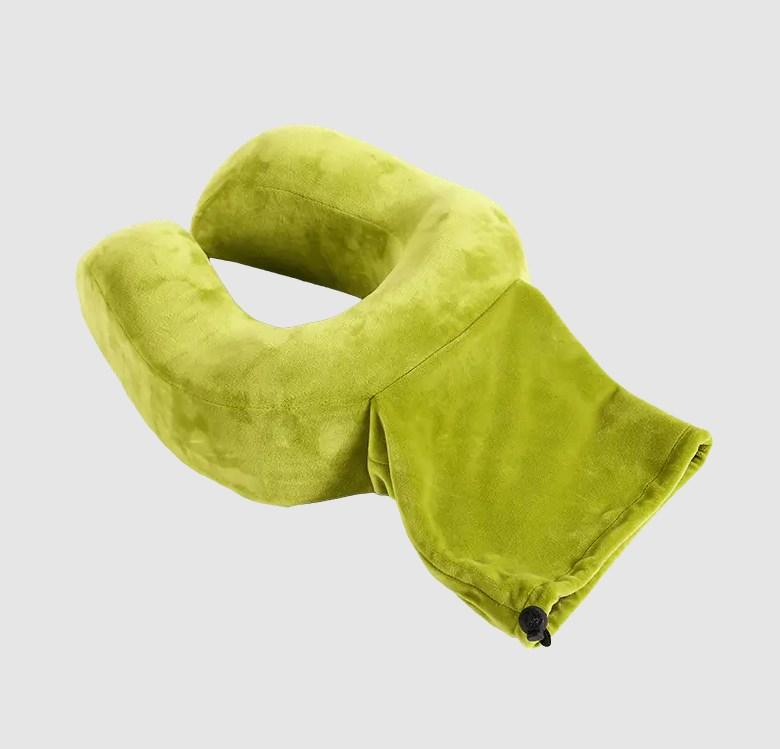When it comes to comfort and support during travel or rest, the memory foam neck pillow has become a go-to accessory for many. However, one of the critical factors that can affect the overall user experience is the pillow's breathability. The question of whether memory foam neck pillows offer good ventilation is a common concern among potential buyers, as it directly impacts comfort levels, especially during extended periods of use.
Memory foam, also known as viscoelastic foam, was initially developed by NASA to improve seat cushioning for pilots and astronauts. Over time, its unique properties have been adapted for consumer products, including memory foam neck pillows. These pillows are designed to mold to the shape of the user's neck, providing customized support that can alleviate pressure points and reduce the risk of neck strain. But how does this molding process affect the pillow's ability to breathe?
The breathability of a memory foam neck pillow is influenced by several factors, including the density and composition of the foam, the cover material, and the design of the pillow itself. High-density memory foam is known for its durability and support, but it can also be less breathable than lower-density foam. This is because the cells within the foam are smaller and more tightly packed, which can restrict airflow. On the other hand, lower-density memory foam neck pillows may offer better breathability but may not provide the same level of support and durability.
The cover material plays a significant role in the breathability of memory foam neck pillows. Some pillows come with removable and washable covers made from materials like cotton, polyester, or a blend of fabrics. These covers can be designed with ventilation channels or mesh panels to improve air circulation. However, not all covers are created equal, and some may be more effective at allowing air to pass through than others.
The design of the memory foam neck pillow also contributes to its breathability. Some pillows feature a more open cell structure, which allows for better airflow. Others may have a more closed cell structure, which can trap heat and moisture, leading to a less comfortable experience for the user. Additionally, the shape and size of the pillow can affect how well it breathes. For example, a U-shaped memory foam neck pillow may provide excellent support but may also trap more heat around the neck area compared to a more open, C-shaped design.
To enhance the breathability of memory foam neck pillows, manufacturers are constantly innovating and incorporating new technologies. Some pillows now come with gel-infused memory foam, which is designed to dissipate heat more effectively. Others may include cooling fabrics or phase-change materials that help regulate temperature. These advancements can make a significant difference in the comfort and breathability of memory foam neck pillows.
In conclusion, the breathability of memory foam neck pillows is a complex issue that depends on various factors, including the foam's density, the cover material, and the pillow's design. While memory foam neck pillows are known for their support and comfort, manufacturers need to address breathability to ensure that users can enjoy a comfortable and refreshing experience. As technology continues to evolve, we can expect to see even more advancements in the breathability of memory foam neck pillows, making them an even more appealing choice for travelers and those seeking neck support during rest.

